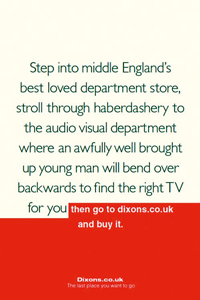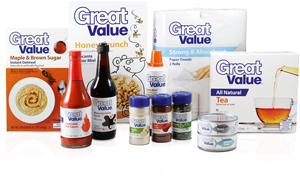As shops turn into showrooms, retailers must adapt to a radically changing retail landscape in order to compete.

And so the pillars of traditional retail are being challenged, one by one. Technology is making price comparisons easier than ever before. There’s more choice online and fast home delivery is more convenient than any retailer location. These days, quality of service is mainly judged on speed.
For many, this represents a major shift in mindset and culture, particularly for those entrenched in the rational science of retailing led by merchants, accountants and operations people rather than marketers, insights experts and brand managers.
Private label can be a hugely valuable business brand tool, but only if you get it right.

R.I.P. 'good, better, best'
Back in 2004, the Australian supermarket, Coles, worked with Elmwood brand consultancy to create ‘You’ll Love Coles’. Their previous private label was very ‘me too’ and rationally price-focused whereas ‘You’ll Love Coles’ used real people as advocates on pack to say why they liked the product. This idea engaged with consumers beyond the functional on an emotional level. In a few years, sales doubled.
Elmwood’s revamp of Walmart’s Great Value private label was a similar success story. A new design made it easier for customers to find the range on shelf. Great Value became an important ally in helping customers meet their tight weekly shopping budget.

From private label to private brand
Private label could soon become private brand - going way beyond a simple packaging solution and making compelling stories with a unique point of view the mainstream strategy. This is one way to drive more footfall, boost margin and differentiation, and compete with online products.
As brand-power gathers steam, private label has a golden opportunity to come of age. Retailers simply need to recognise the potential and make it reality. However, they should move at pace. As fast as we think the world is changing now, it’s worth pausing to realize that we’re only standing on the edge of unprecedented change to come.

Looking East
China and India’s own retail environments are ahead of everyone else when it comes to innovation and meeting consumer needs. Consider a perfume counter that dispenses perfume using spirits optics. Customers keep their original, beautiful bottle and simply go back to the store for a refill. Blending premium with value, this counter is a simple, handy and quirky idea - more importantly, it’s an experience you wouldn’t be able to get online.

